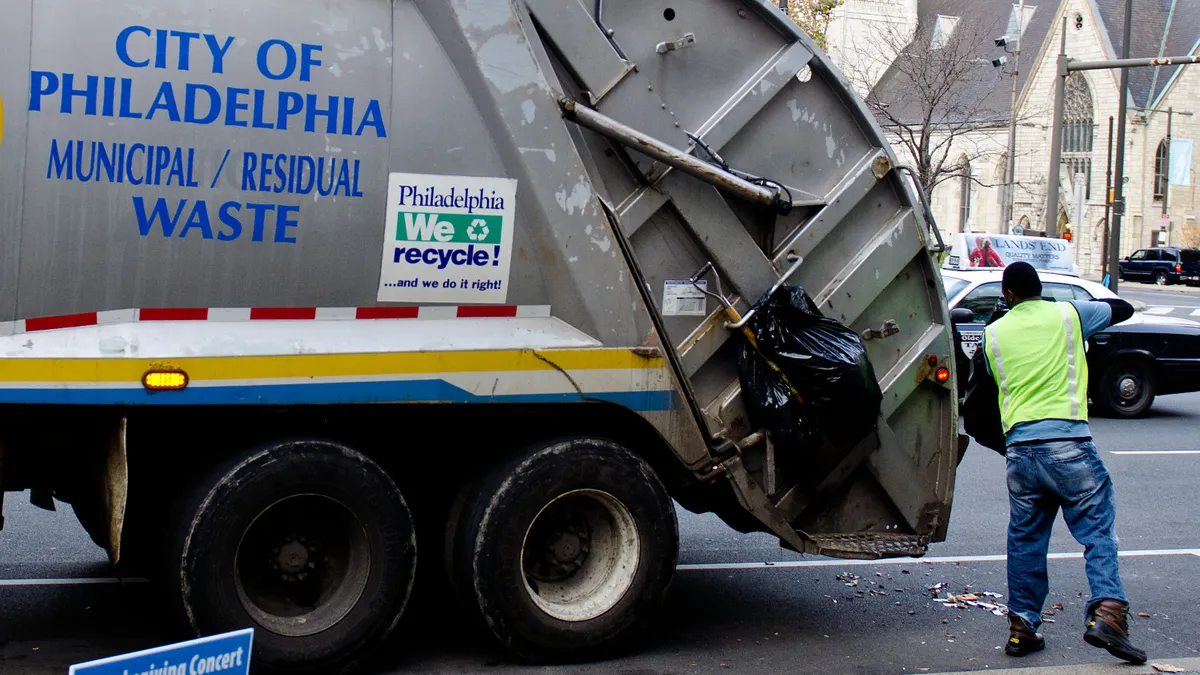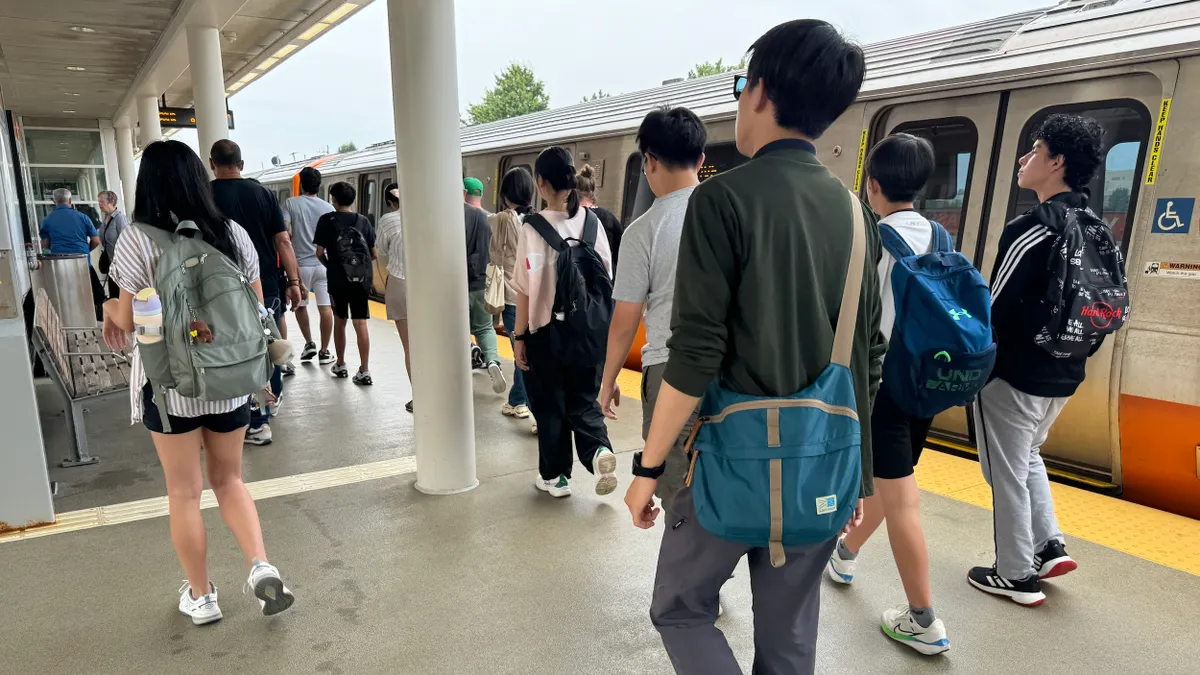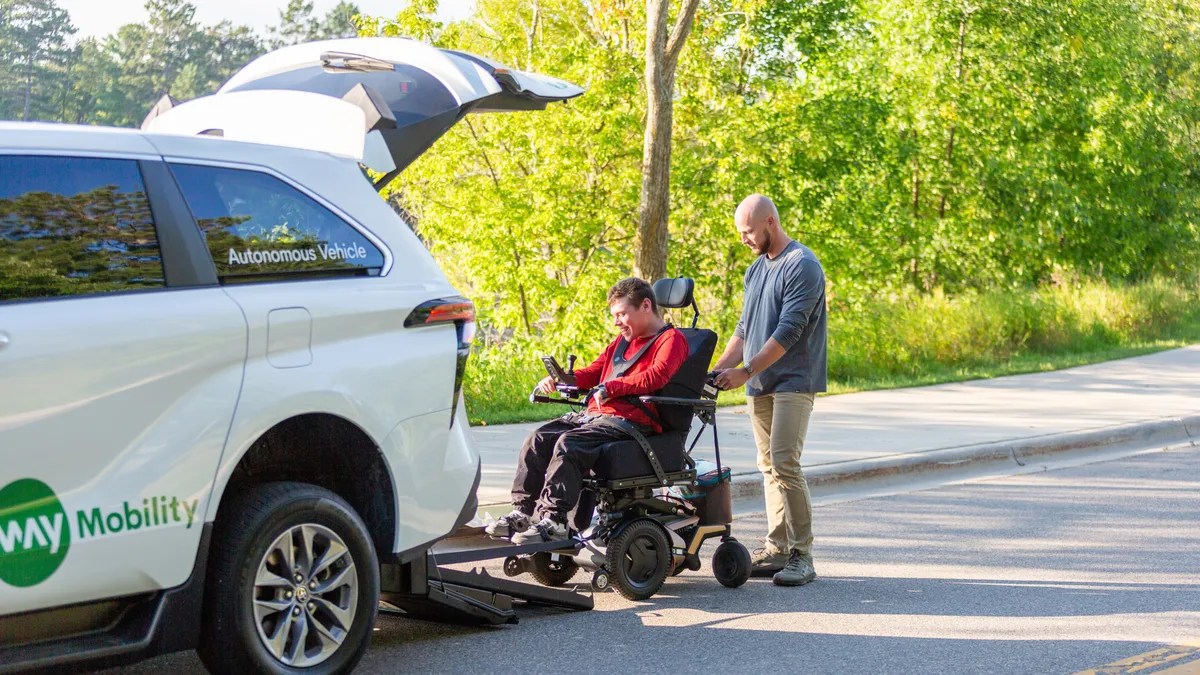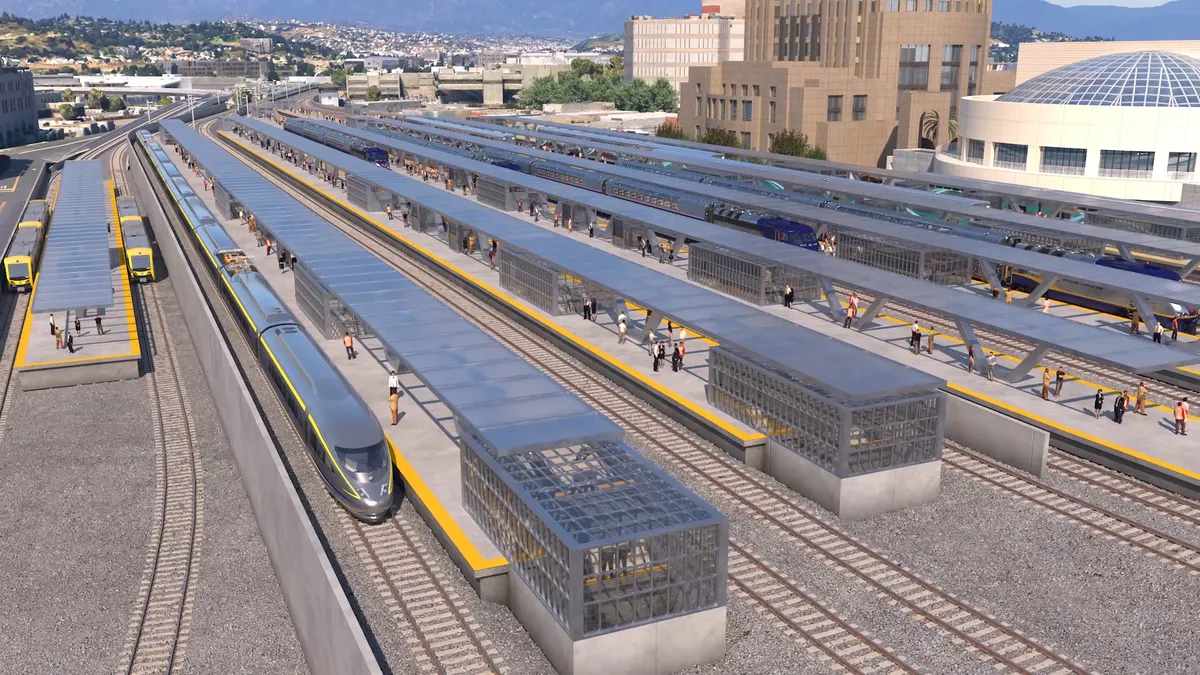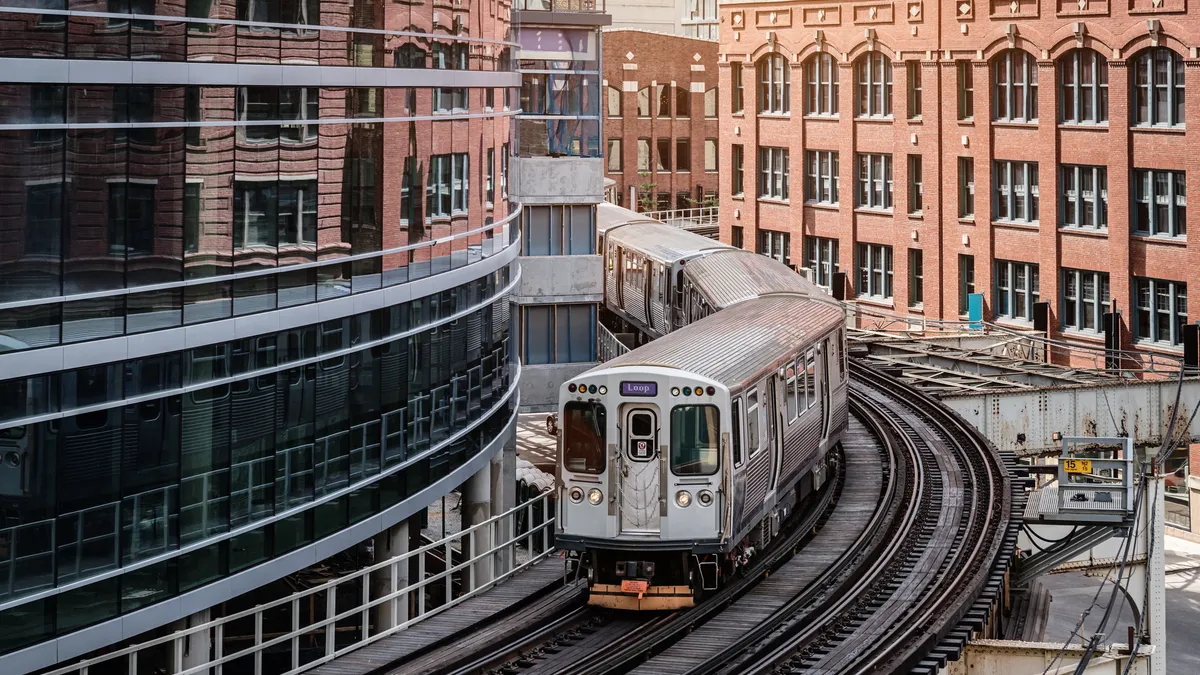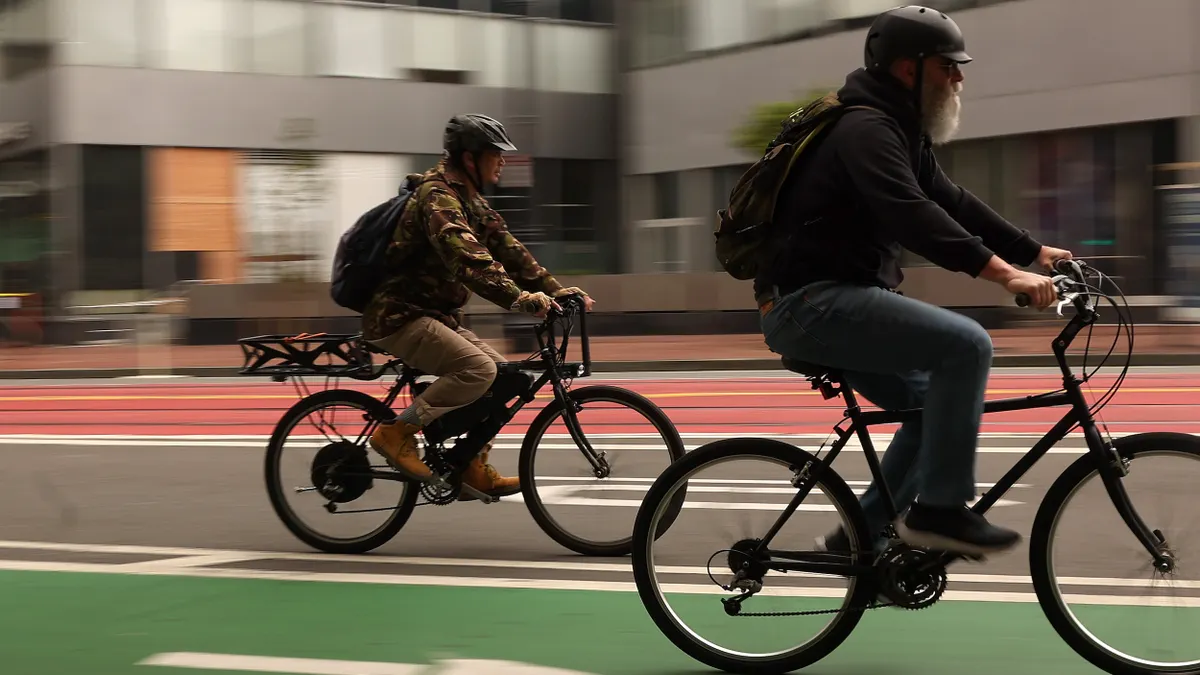As cities look to technology to make residents' lives easier, the onus is on government leaders to help citizens understand how innovations will benefit them.
In cities well on their way to being considered "smart" and connected, leaders are thinking about how everyone benefits from new technology and are ensuring no one gets left behind. That starts with education and workforce development and extends to city-lead initiatives to close the "digital divide" in low-income areas.
Perhaps the most important thing for city leaders to consider is improving their own governmental processes and making them easier for constituents to navigate. That could be anything from paying property taxes online, reporting potholes and tracking the status of snow plows on city streets during inclement weather, and engages citizens by making government work better.
Too often, it can appear to be too difficult to keep track and navigate what can appear to be a Byzantine navigation system in a local government’s website. “So I need to submit something, register for something, apply for something, pay for something, and I should be able to achieve that in a relatively standard way regardless of which agency I'm interacting with,” Liz Fischer, chief marketing officer at software company CityBase, told Smart Cities Dive.
Most of the time, the technology is already there in smartphone apps or online technology, so it is a case of government taking advantage in a safe way. "I think when people saw they could call an Uber on their phone, they wondered why they couldn’t track snowplows too," Kate Garman, smart cities coordinator at the City of Seattle, said during a panel discussion at last month’s Smart Cities Connect conference.
Building resident buy-in
While innovations can be an attractive prospect for city leaders who like to cut ribbons on new facilities and unveil new technologies, most agreed that they must be able to show residents how they will benefit. Prairie View, TX Mayor David Allen joked during a panel discussion at Smart Cities Connect that residents’ favorite radio station could be "WII FM," meaning "What’s In It For Me?"
Many also spoke of the need to use innovations to help those with lower incomes or who live in areas traditionally underserved by technology. In a keynote address at Smart Cities Connect, San Francisco Mayor Mark Farrell touted the city’s project to bring fiber-connected internet to all residents, with a view to trying to close the digital divide. "If [closing the digital divide] alone is the only thing we get done, I will tell you my time in public office has been worthwhile," he said.
"If [closing the digital divide] alone is the only thing we get done, I will tell you my time in public office has been worthwhile."

Mark Farrell
Mayor of San Francisco
Cities can ensure programs survive initial pilot periods and last by including all residents and making sure that new technologies benefit everyone, said David Graham, deputy COO at the City of San Diego. "The inclusive approach to this is what’s going to make it sticky and give it longevity," he said.
Julie Lorenz, senior strategic consultant with Burns & McDonnell, said that making sure change helps everyone could also reduce divisions in society. "I think you see a lot of polarization because people see change and feel disenfranchised and left behind,” she said during a panel discussion at Smart Cities Connect. "There are the haves and the have nots."
And residents can play their part by being active partners when innovations are being discussed and debated by city leaders — and those partnerships can take many forms. "Government can’t do it by itself," said Michael Pegues, CIO of Aurora, IL. Lafayette, LA Mayor Joel Robideaux gave the example of the city’s “Crypteaux” initiative, which promotes the use of cryptocurrency and could incentivize residents "to pick up litter or whatever and reward them with a Cajun coin or whatever we come up with."
Educational engagement
Engaging with citizens on new technological innovations can start by getting them interested in areas of education like computer science and coding. In an interview with Smart Cities Dive, Jim Kurose, assistant director for the National Science Foundation’s (NSF) Directorate of Computer and Information Science and Engineering (CISE), said education programs like Computer Science For All ensure leaders are focused on not only making cities smarter, but their citizens, too.
At the launch of the Congressional Smart Cities Caucus on Capitol Hill in March, caucus co-chair Rep. Yvette Clark, D-NY, told Smart Cities Dive it is imperative for leaders to think about "things that we can be doing to prepare the workforce either for a transition into the technology space, or innovation, become business owners themselves and making sure our young folks that are being educated right now are educated with the focus towards a civil society that has embraced the full gamut of what technological advances can do for us in our communities.”
And for technology companies and businesses, being transparent and public about what they are working on is helpful. At an event in February hosted by media company Axios on the future of autonomous vehicles, Chris Urmson, CEO of driverless car software company Aurora Innovation, noted a "techlash" from people who may not trust what business is doing.
That "techlash" could only get worse as Facebook faces continued scrutiny over its role in the Cambridge Analytica data scandal, and Urmson said companies must be transparent about what they do. "Make sure that we’re putting the user first," Urmson said in advice to his fellow tech leaders. "Improving that transparency and helping where possible to make things clear is important."







